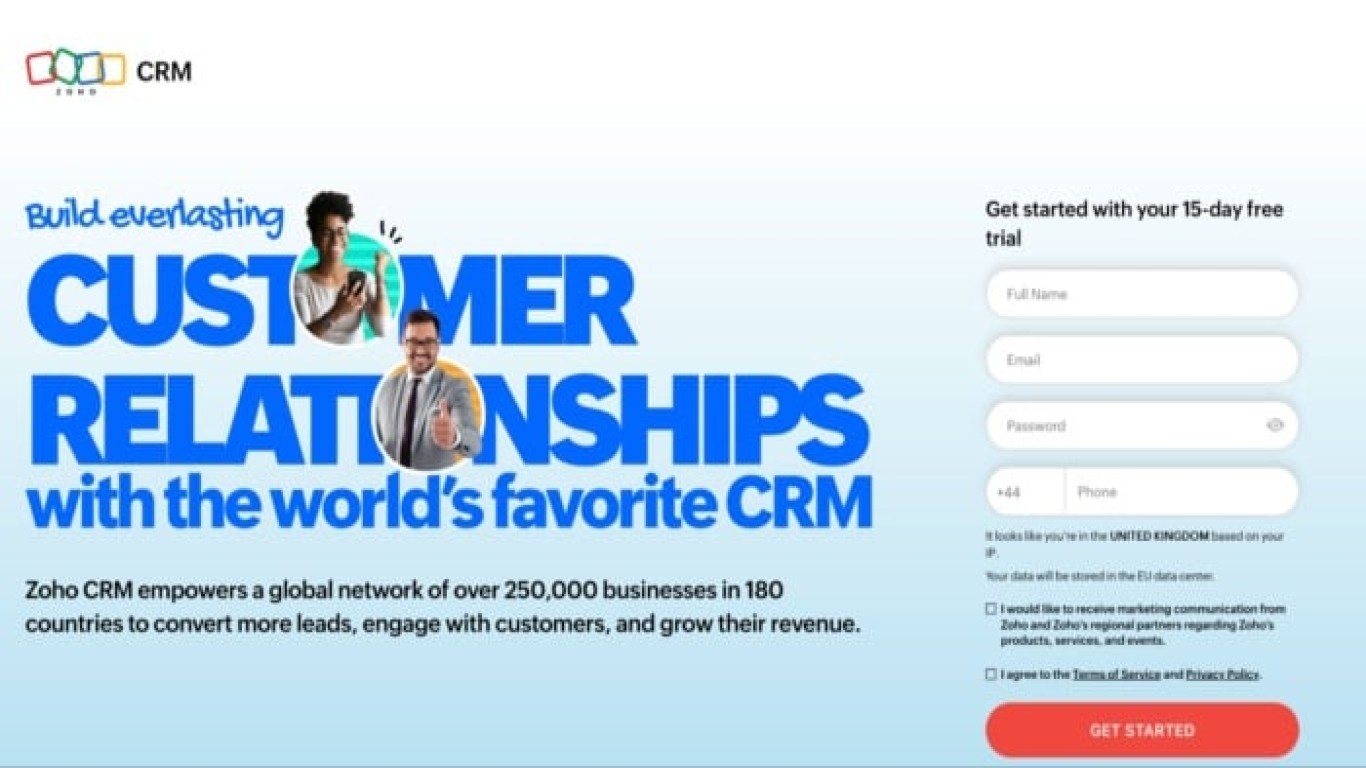Landing Page Trends Every Marketer Should Know
Landing Page Trends Every Marketer Should Know
The digital marketing landscape is ever-evolving, and staying ahead of the curve is essential, especially when it comes to landing pages. A dynamic and responsive landing page can significantly impact conversion rates, making it a critical component of any successful strategy. In this comprehensive guide, we will dive deep into the latest trends in landing page design and optimization that every marketer should be aware of.
1. Personalization is Key
In 2023, personalization is not just a buzzword; it's a necessity. Consumers expect brands to understand their individual needs and preferences. A one-size-fits-all approach no longer cuts it in the competitive digital landscape.
1.1 Why Personalization Matters
Personalization fosters a deeper connection between the user and the brand, ultimately leading to higher conversion rates. When users feel that content is tailored specifically for them, they are more likely to engage and convert.
1.2 Implementing Personalization
Implementing personalization involves utilizing data analytics to gather insights into user behavior and preferences. This can include dynamic text replacement, personalized product recommendations, or location-based content.
2. Interactive Elements Enhance Engagement
Interactive elements are increasingly becoming a staple on landing pages. They not only enhance user experience but also improve engagement metrics.
2.1 Types of Interactive Elements
- Quizzes and Polls: These can actively involve users and guide them further down the sales funnel.
- Calculators: Useful for providing users with personalized information such as pricing estimates or potential savings.
- Interactive Infographics: These can convey complex information in a user-friendly manner.
2.2 Benefits of Interactivity
Interactive elements can significantly increase the time users spend on your page, reducing bounce rates and increasing the likelihood of conversions.
3. Minimalism: Less is More
In an era where consumers are inundated with information, a minimalist approach can help your landing page stand out.
3.1 The Power of White Space
White space, or negative space, enhances readability and directs the user's attention to critical parts of the page, such as CTAs (Call-To-Action).
3.2 Simplified Navigation
Clutter-free navigation with clearly defined pathways can guide users seamlessly through the conversion journey. This simplicity can lead to higher conversion rates and lower bounce rates.
4. Mobile-First Design
With the majority of users accessing websites via mobile devices, mobile-first design has gone from being an option to a necessity.
4.1 Responsive Design
Ensure your landing page looks and functions flawlessly on various devices and screen sizes. The design should be adaptable without compromising on aesthetics or usability.
4.2 Accelerated Mobile Pages (AMP)
AMP is an open-source framework that allows for the creation of fast-loading mobile pages. Implementing AMP can enhance user experience, improve mobile SEO, and increase conversion rates.
5. Data-Driven Decisions with A/B Testing
A/B testing remains one of the most effective methods for optimizing landing page performance. It involves testing two or more versions of a page to see which performs better.
5.1 Setting up A/B Tests
Identify which elements of your landing page to test. Common elements include headlines, CTAs, images, and overall layout.
5.2 Analyzing Results
Leveraging tools like Google Analytics can help you understand user behavior and preferences, leading to informed decisions that enhance conversion rates.
Conclusion
The landscape of landing pages is rapidly evolving, and staying updated with the latest trends is crucial for marketers aiming to maximize conversion rates. Personalization, interactive elements, minimalism, mobile-first design, and data-driven decisions are the cornerstones of a high-performing landing page. By incorporating these trends, marketers can create an engaging and conversion-focused user experience that resonates with their audience.
FAQ
1. What is a landing page? A landing page is a standalone web page created specifically for a marketing or advertising campaign, where a visitor "lands" after clicking on a link from an email, advertisement, or other digital location. Its primary purpose is to convert visitors into leads or customers.
2. How does personalization improve landing page performance? Personalization makes users feel valued and understood by providing relevant content tailored to their preferences, leading to higher engagement and conversion rates.
3. Why are interactive elements important for landing pages? Interactive elements increase user engagement and time spent on the page, leading to reduced bounce rates and increased conversions by actively involving users in the content.
4. How can I implement a mobile-first design for my landing page? Start by designing your landing page for mobile devices and then adapt it for larger screens. Ensure responsive design, fast loading times, and user-friendly navigation for the best mobile experience.
5. What is A/B testing and why is it important? A/B testing involves comparing two versions of a webpage to see which performs better. It is essential for making data-driven decisions to optimize elements of your landing page for higher conversion rates.
#landingpagetrends #marketertrends #digitalmarketing #webdesigntrends #marketingtips
